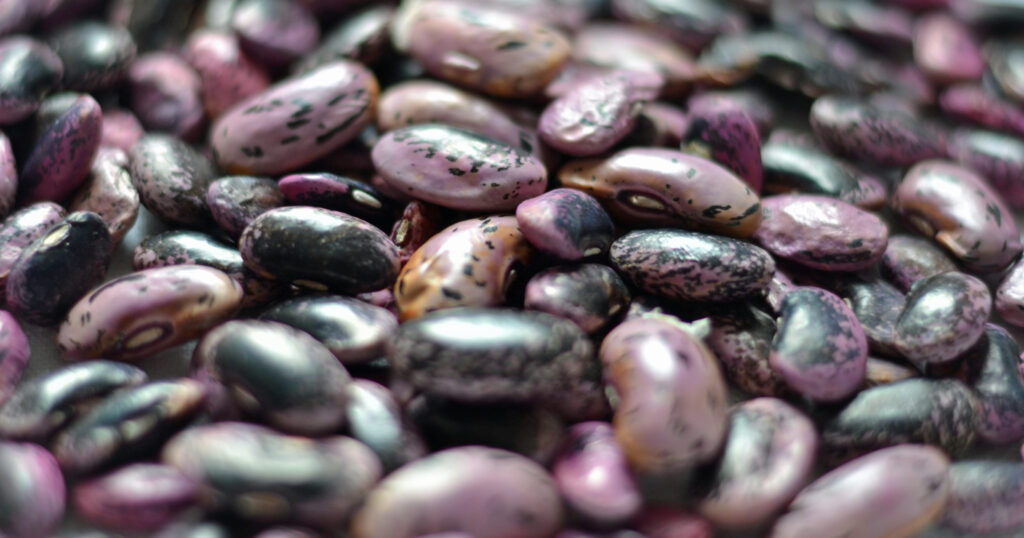
Geoengineering – deliberate interventions to alter the climate and curb climate change – is a controversial topic, to say the least. Once practically considered taboo even to discuss, there in increasing interest in at least exploring various ideas about how to halt or reverse climate change through direct actions that impact global temperatures.
Putting aside the very real concerns about the risks and dangers associated with such action, there is also the issue that climate interventions may create dramatically different effects across the globe, benefitting some areas and adversely affecting others.
A recent study by scientists at Rutgers University tackled this very issue. Published in the journal Nature Food, it described the results of computer models simulating the impacts of stratospheric aerosol intervention (SAI), which is spraying sulfur dioxide into the stratosphere, where it would partially shield the Earth from the Sun, lowering temperatures.
The study looked at 11 different SAI scenarios and found that none of them benefitted everyone. Uncontrolled global warming favors crop production in cold, high-latitude areas such as Canada, Russia, Scandinavia, and our northern border states. Moderate amounts of SAI favors food production in the mid-latitudes (such as in the US and Europe.) Large amounts of intervention favors agricultural production in the tropics.
Even if geoengineering might not have dire consequences – which is by no means certain – it would create winners and losers. Nations may have different ideas of what constitutes an optimal global temperature. So, who gets to decide where to set the global thermostat? The prospects for conflict loom large.
**********
Web Links
Climate Intervention Technologies May Create Winners and Losers in World Food Supply
Photo, posted November 18, 2021, courtesy of Conall via Flickr.
Earth Wise is a production of WAMC Northeast Public Radio
Leave a Reply